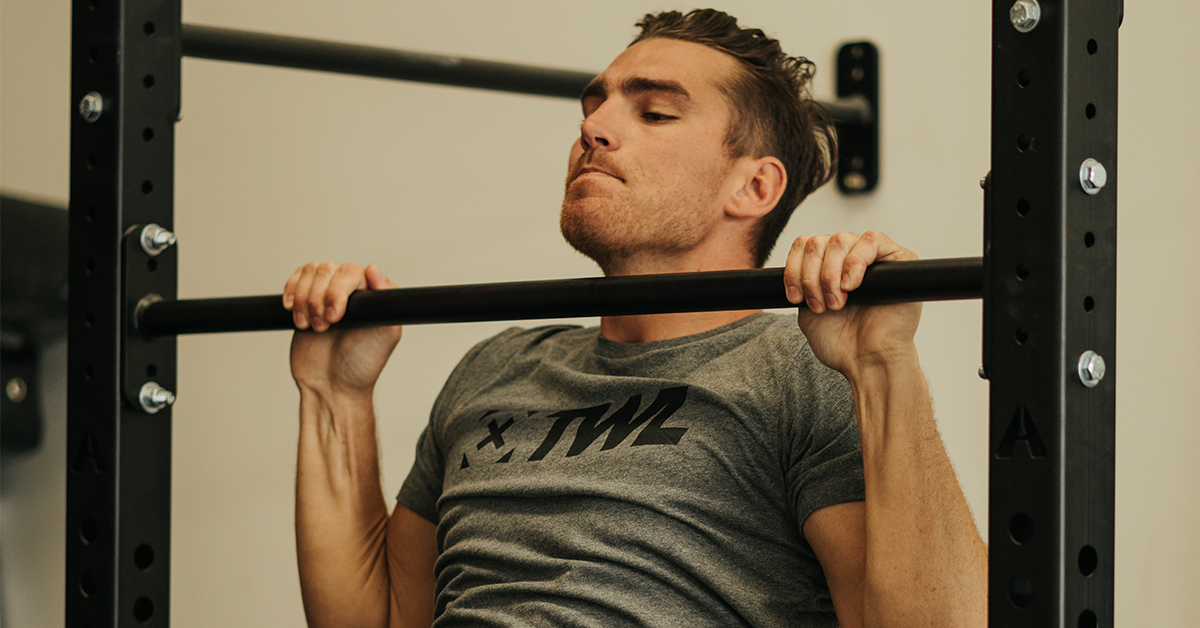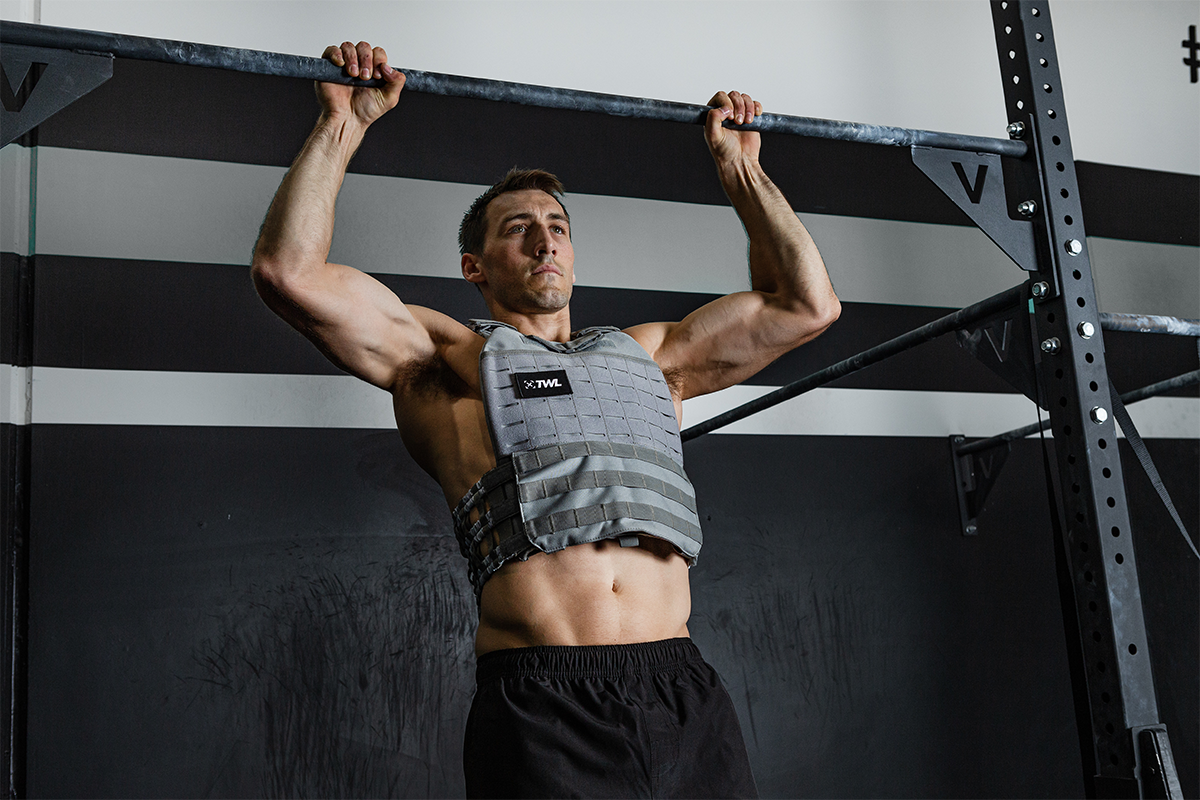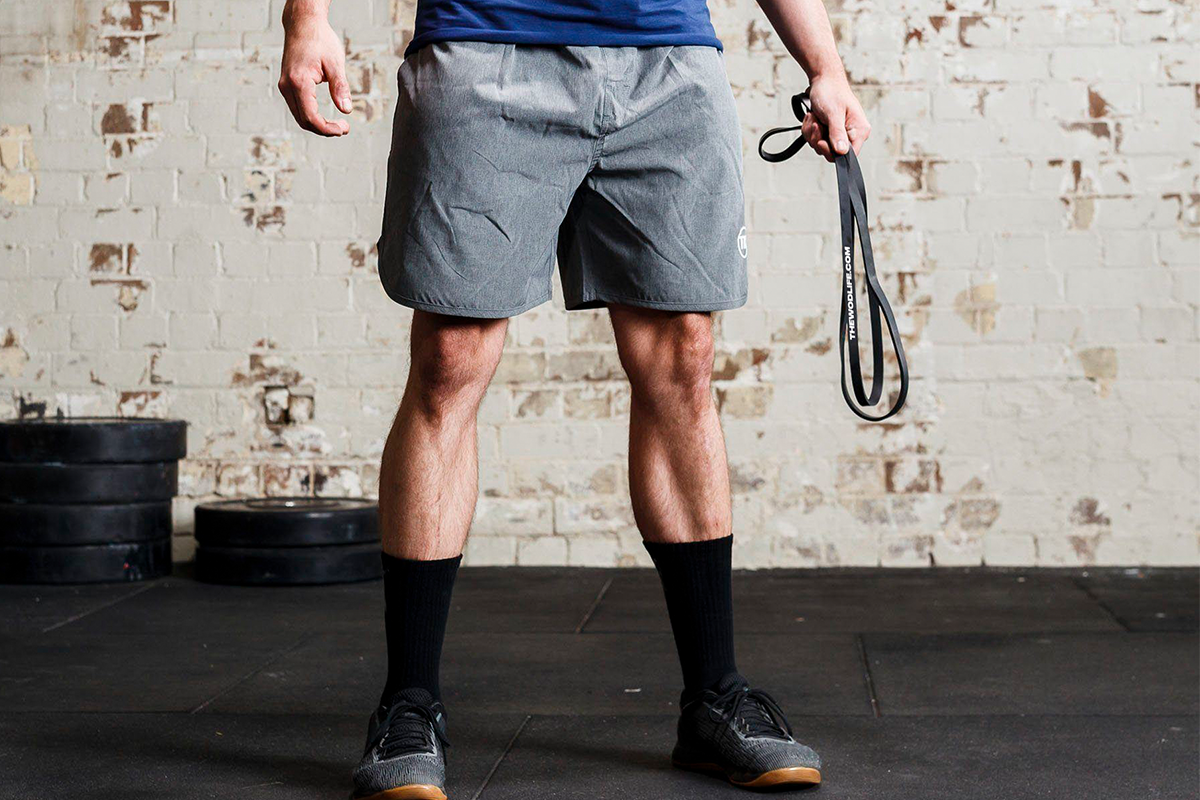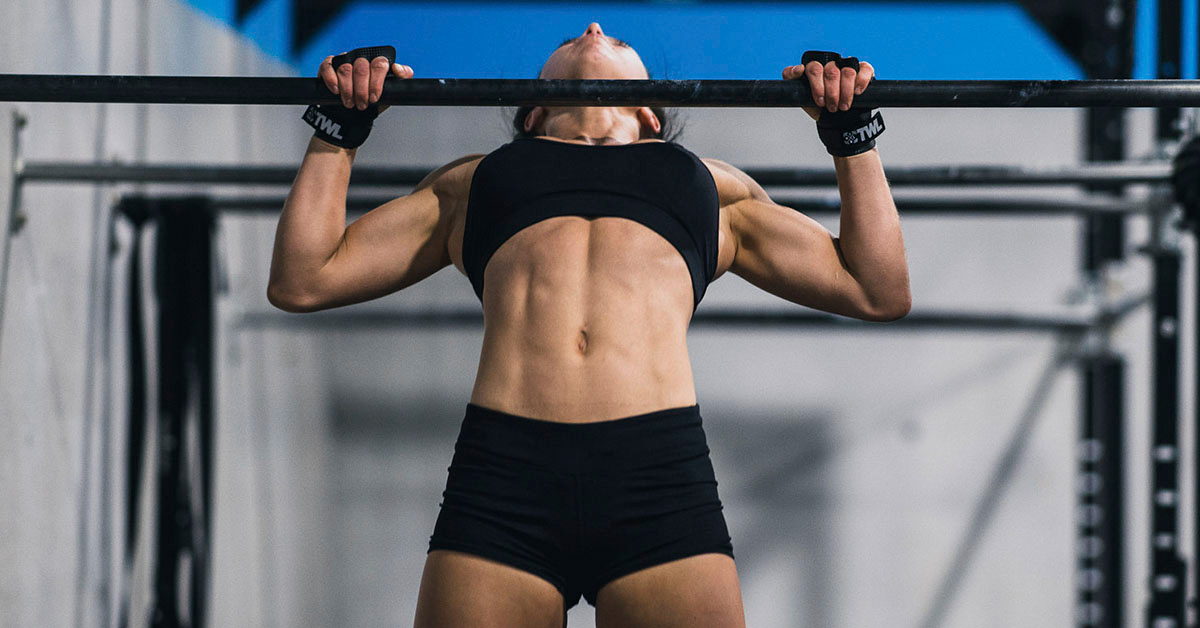One of the easiest ways to start a debate in the functional fitness community is to bring up kipping pull-ups. You’re guaranteed to start a chorus of, “Those aren’t even real pull-ups!” to “They don’t even count!” to “They make it possible for more people to get on the bar!” and our favorite, “They’re going to D.E.S.T.R.O.Y. your shoulders!”
Settle down, team.
Are kipping pull-ups as horrible as some people would like you to believe? Is there a way to do them that’s safe and effective? Should we banish them from the world of CrossFit forever?!
There are numerous points we want to touch on. Let’s discuss.
First, Are Kipping Pull-Ups Even Safe?
This one is a lot simpler than some athletes will believe. When done properly, yes, kipping pull-ups are safe.
Note this very important phrase: when done properly.
Do anything wrong and you stand the chance of hurting yourself.
Where People Go Wrong With Kipping Pull-Ups
When it comes to this movement, there are three key areas where things tends to go south.
Strength
Athletes will go HAM on the pull-up bar before they’ve built up the necessary upper-body strength. This can absolutely lead to injury.
Does this mean kipping pull-ups are inherently bad? No. It means you need to be stronger to do them injury-free.
Form
One misconception here is that kipping pull-ups remove the element of strength entirely (which you now know isn’t the case).
To compensate, athletes will flop around like a fish and try to throw their body over the bar. Not only isn’t this sustainable, but it also puts you at greater risk of hurting yourself.
Volume
Imagine doing kipping pull-ups without the proper strength or form for a few reps. Now, imagine doing the exercise like this for dozens of reps — because that’s typically the volume you’re looking at when KPUs are programmed in a workout.
Doing rep after rep after rep of a movement incorrectly? Yes, you might hurt yourself. This goes for just about everything, from kipping pull-ups to squats to presses to the Olympic lifts.
View this post on Instagram
One Disclaimer…
We want this to be a fair argument, so it only makes sense that we mention this.
When you do a high volume of any exercise, there’s a greater likelihood of injury due to overuse. And because athletes tend to do kipping pull-ups at high volumes, this could lead to seriously sore shoulders and even strains/tears.
In this case, we would caution you to be mindful of how many reps you’re doing and breaking them up appropriately to give your body a moment of rest.
Furthermore, if you did 50 KPUs yesterday, it hopefully goes without saying that you should take it easy on them for the next few days.
We want to echo a previous sentiment: Overuse can happen with any exercise.
Should You Be Able to Do a Strict-Pull Up First?
This is another big part of this discussion. And the answer is… probably. (Glassman certainly thinks so.)
Athletes love to skip ahead to kipping pull-ups because it helps them get over the bar without needing to build as much strength. You can easily get a kipping pull-up before you land your first strict pull-up.
Does that mean that this is what you should do? No.
Building that very important strength that allows you to pull your own weight over the bar is going to be vital in keeping your shoulders and back healthy. You should not skip this step.
That being said, should you avoid KPUs entirely until you can do pull-ups strict? Meh. This could go either way. If you want to take a stab at kipping, go for it. Just don’t let those be your excuse for not rehearsing strict pull-ups.
View this post on Instagram
Are Kipping Pull-Ups Even Pull-Ups?
Ah, yes. Another important question in this debate.
KPUs are pull-ups in the sense that you start by hanging from the bar and finish with your chin over the bar.
But are they essentially the same movement? No.
While they’re closely related skills, you also need to understand that at the same time, they are indeed different exercises with different purposes. Strict pull-ups are mostly about developing strength and improving muscle health. Kipping pull-ups are more about speed, power, repetition, and efficiency.
And importantly, you should develop both of them.
This leads us to another important question…
Are Kipping Pull-Ups Cheating?
Because they shouldn’t be considered the same thing as strict pull-ups, our vote is no: Kipping is not cheating.
Kipping is simply a way to do pull-ups more efficiently. In other words, kipping allows you to bang out more reps, faster. If it were “cheating,” then it would allow you to achieve the same benefits of strict pull-ups without having to do the work.
You know by now that this isn’t going to happen, since strict pull-ups are mostly about strength-building. You’re not going to get this from the kip.
How to Do Kipping Pull-Ups Safely
We want to leave you with a few quick tips for executing this movement without destroying your shoulders.
Mobility Should Come Before and After
Hanging from the bar is going to do a number on your upper body if your muscles aren’t ready for it. Therefore, taking care of your shoulder mobility is going to be a game-changer here.
Never hang from a bar before your shoulders are ready.
Keep Your Core Tight
Kipping doesn’t mean flinging your body over the bar. It means tightly whipping back and forth between hollow body and Superman. While it might seem more “powerful” to throw your body around, this is actually working against you.
Keep it tight! You’ll be able to launch your body upward far more easily.
Always Rehearse Strength-Based Upper-Body Drills Simultaneously
Remember what we said: It’s when you skip the strength-building that you risk injury. Always kip alongside strict pull-ups, push-ups, presses, and other upper-body exercises that build strength.
Combining strength with form/technique, speed, and power is going to give you the best of every world. Yes, kipping pull-ups are safe — if done the right way!
Learn more about how to scale strict pull-ups without bands.

















